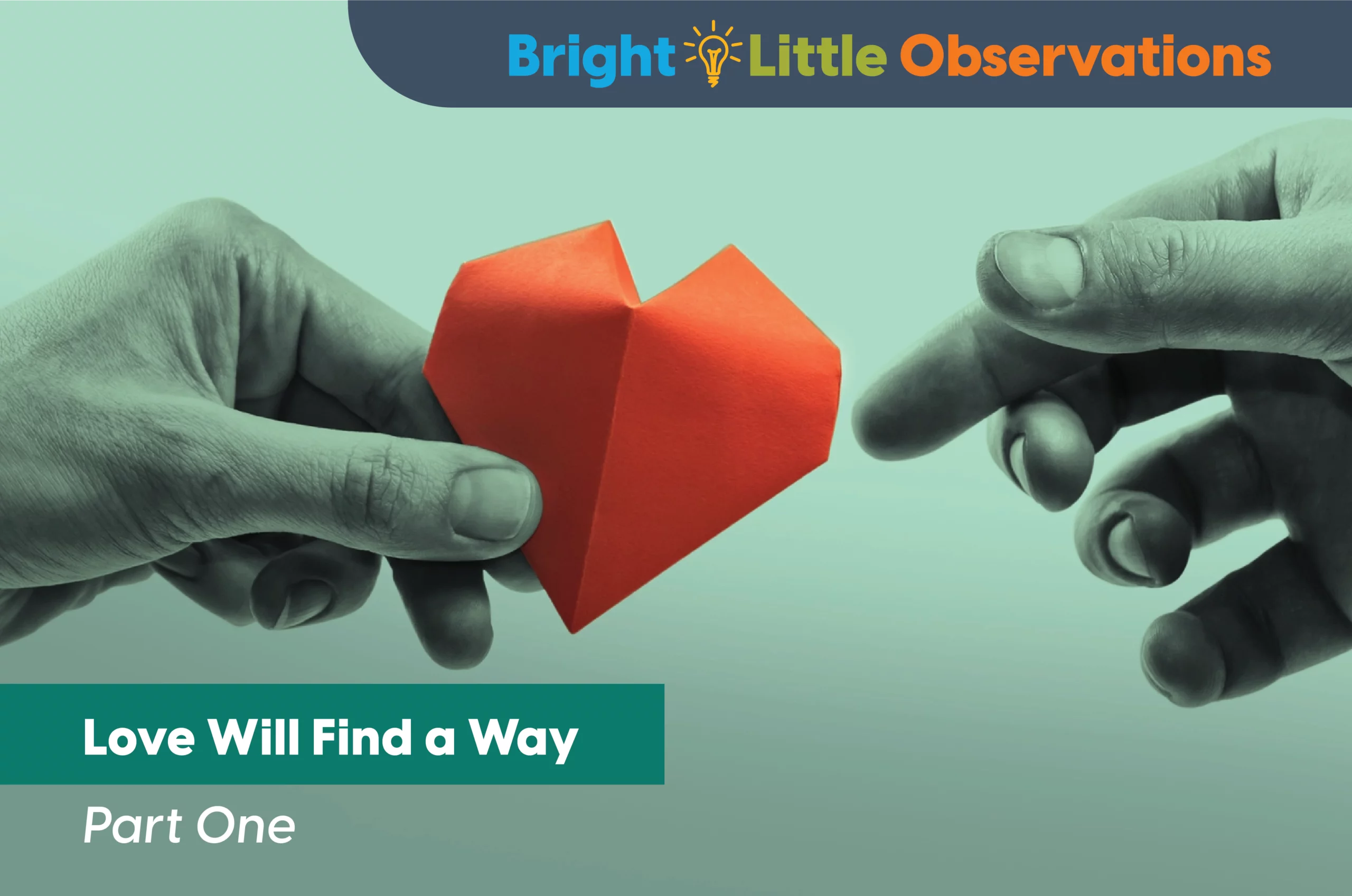


Love Will Find a Way: Three-Part Series on Transformational Fundraising
August 5, 2022
Part 1: Redefining Your Relationship
The word “philanthropy” comes from the Greek, meaning love of mankind. From the Greek word agapē we find that “charity” means love, and more specifically Christian love of one’s fellow humans.
While these concepts are at the very heart of why and how non-profit organizations serve their clients and communities, do we also come from a place of love when considering how to engage with our donors – those who make our work possible?
Now, more than ever, it’s imperative that we do. This blog series will explore how to do just that by exploring the differences between transactional and transformational fundraising.
The transactional experience
Today’s typical approach to fundraising is transactional. Offers take the form of a simple proposition describing what a specific donation will achieve.
For example: $6.00 provides a meal for three hungry people
And for those with a propensity to give more: $300 provides 150 meals
Arguably, this method has its place. It’s quick to create, attains reasonable response, raises awareness and provides warm leads. But it is also short-sighted.
Far too often, this strategy results in a series of one-and-done asks (followed by impersonal and generic thank you notes) that prevents donors from grasping the organization’s vision and appreciating the positive impact of a long-term partnership — not only for the non-profit, but more importantly for themselves.
Their sense of accomplishment quickly fades because it never transforms into something heartfelt and meaningful. As a result, they give up on giving … not on giving to charity in general, but on giving to your organization.
The consequences are costly, as exemplified by the shrinking return on investment and growing donor attrition felt industry wide.
The 2018 Fundraising Effectiveness Survey Report of the Association of Fundraising Professionals calculates an average donor retention rate of 45.5 percent. According to the report, “Every $100 gained in 2017 was offset by $96 in losses through attrition.” (Westfall Gold)
Summit Marketing’s own findings show that if each donor, regardless of contribution, represents $50 in acquisition costs, then gifts below $50 can’t generate a positive return until later in the donor lifecycle — provided those donors are retained. Even if retained for multiple years, smaller gifts can result in a net loss that may never be recovered.
These alarming trends are a direct result of strategies that elevate a transactional giving experience over a transformational donor relationship.
The transformational experience
“Make the donor the hero.”
We’ve heard this touted time and again as the foundation of successful fundraising. Yet if we seek to accomplish that by merely tweaking how we write appeals or personalize our emails, we leave potential on the table.
The transformational experience flips the focus from the organization to the donor. It begins with the first gift, continues throughout the donor’s lifecycle, and impacts every role, task, policy and touchpoint in the development process.
Donors are “only” human. Like all of us they share the desire to right wrongs, end suffering and make a positive impact on those around them. By making an initial gift, a donor is ultimately raising her hand. She is indicating she shares your mission and is curious about how she might become part of it. She’s asking you to invite her in.
Thus, her status evolves from prospect to partner and your role must change too … from fundraiser to ambassador. Through your organization you can offer an experience that will transform her life while building a collaboration that transforms your organization as well.
This is where fundraising moves from the science of statistics to the art of relationships.
Check back next week to continue reading From Transaction to Transformational…
Love Will Find a Way: Three-Part Series. In “Part 2: Letting Your Donors Know You’re Ready for Love,” we’ll discuss how you can practice Intentional Intention and draft your own 4-Pillar Plan to create a lasting bond with your donors.